The most popular way to research family history and organize information is to have an online tree at one of the database sites. However, relying on online family trees alone to organize and record your research is probably a mistake. This post explains why and what you should do to protect your genealogy research.
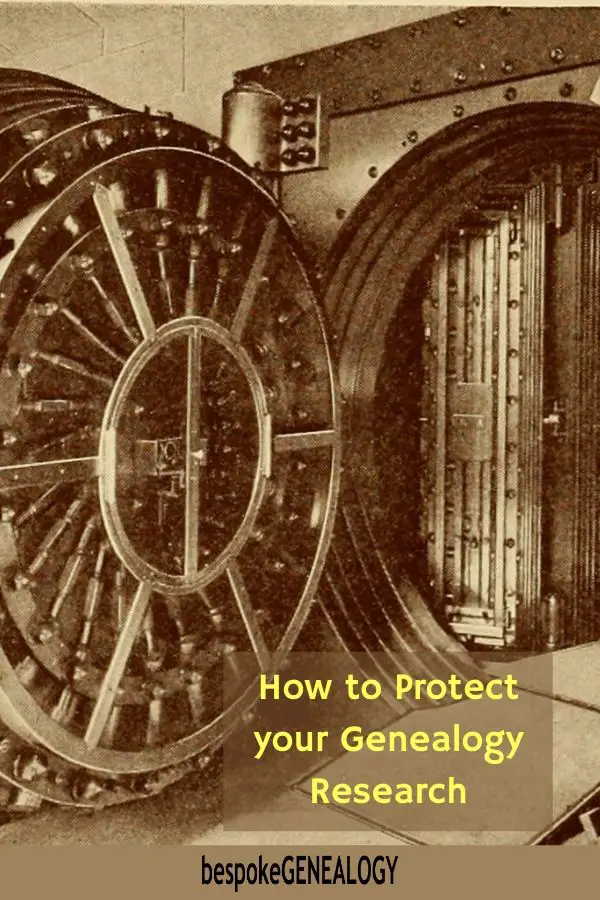
Why you need to protect your genealogy research
The vast majority of family historians use an online family tree for research and to store their documents. Online trees are easy and convenient to use and are usually the only tree that researchers will have.
The database sites Ancestry, Findmypast, MyHeritage, The Genealogist, Family Search and others have done a fantastic job working with archives to digitize records and make them available online. This has made genealogy extremely popular and these sites make it easy to search for records. All of these sites offer their customers the facility to create online family trees to help them with their research and which also allow them to attach documents, pictures and notes.
So, if your only tree is with a subscription site and this is where you keep all the records you’ve found, both from that site and elsewhere, then this may lead to problems later.
Problem 1; you cannot access your documents after your subscription has expired
You’ll only be able to access records attached to your tree that came from that site while your subscription is valid. If you don’t have a current subscription, you’ll usually still be able to access your tree, but not the records attached.
Problem 2: moving your research from one site to another is difficult
The subscription sites each have some unique record sets. So, say for example you have Irish roots. You’ve had an Ancestry subscription for several years but want to switch to Findmypast as they have more records from Ireland. But all your research is on your Ancestry online tree.
If you want to move that tree to Findmypast, you’ll only be able to download a GEDcom file which is the tree with sources and notes but without the attached documents. The only way to download a tree with all the documents attached is to have software on your computer like Family Tree Maker that syncs with the online tree.
Problem 3: records can disappear
The subscription sites do not own most of the records in their databases. Usually they have a licensing agreement with the archive where the original documents are held. Sometimes, these agreements are not renewed and record sets can disappear from databases. So, you may find that if you haven’t copied a document on to your own computer, you’ve lost access to it. This has happened to me.
There is also the question of ownership of your online tree. I recommend reading the small print; you’ll usually find that your online tree doesn’t actually belong to you.
Even if your tree is on a free site like Family Search, you are still not in total control. Changes to algorithms or terms and conditions may create issues for you in the future.
Family Tree Software
I personally use online trees, but only for searching for records. I’ll attach the records to the relevant person on an online tree, but then I’ll also save that document to my own computer, create a source citation and then attach both to a tree on my laptop. I use Family Tree Maker for this. I’m not an affiliate of FTM and am not necessarily recommending it, but I do like it. Other programs are available. FTM can be synced with Ancestry and Family Search, but I no longer use that facility. I feel more comfortable saving records as I go along, rather than syncing every now and again.
Having a tree on your own computer and attaching records as you find them means that you don’t have to worry about subscriptions expiring or moving to another subscription site. This is what I recommend doing.
If you don’t want to pay for family tree software, I would recommend the free, open source program called Gramps. I used this for a few years before I got FTM and it is very good. It has been significantly updated since I last used it and has many of the features of a paid program like the ability to create charts and reports.
The Cloud
Here’s a tip for linking documents to your tree. Save all your documents in the Cloud. You can use Google Drive or Dropbox or similar. You can then create a link for each document saved. Add those links to the source citations on your online tree. This means that the links are saved in the GEDcom file so if you move your tree to another site, you don’t lose access to your documents.
External Hard Drive
Finally, if you are not already doing so, I would recommend backing up your work to an external hard drive such as this one:
Seagate STHN2000401 Backup Plus Slim 2TB External Hard Drive Portable HDD – Silver USB 3.0 for PC Laptop and Mac
Happy researching!
You may also be interested in these posts:
Please pin a pin to Pinterest:

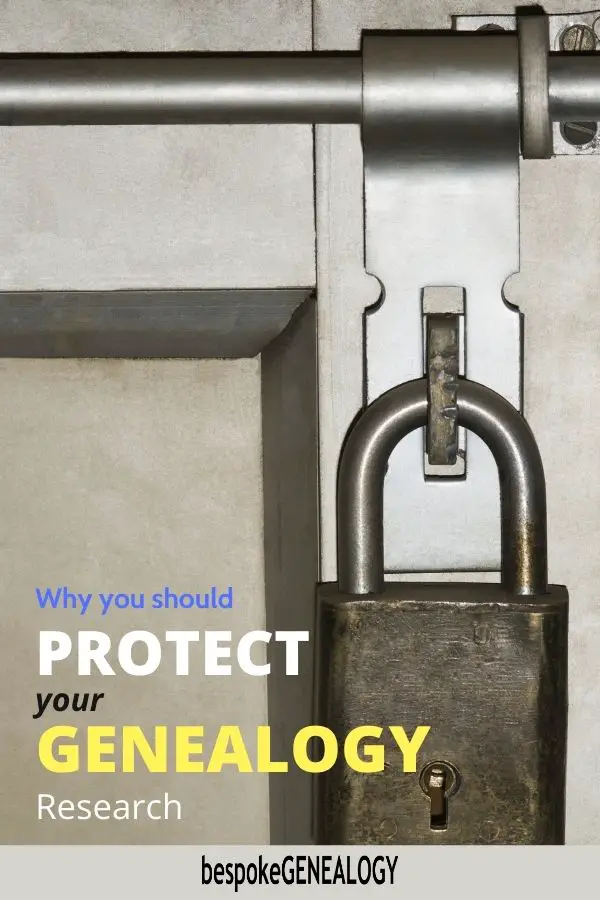
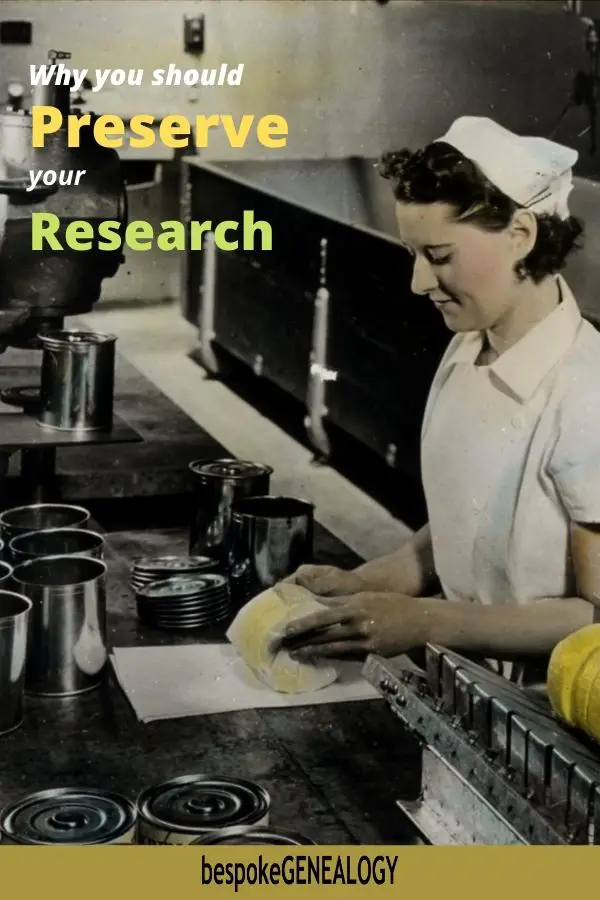

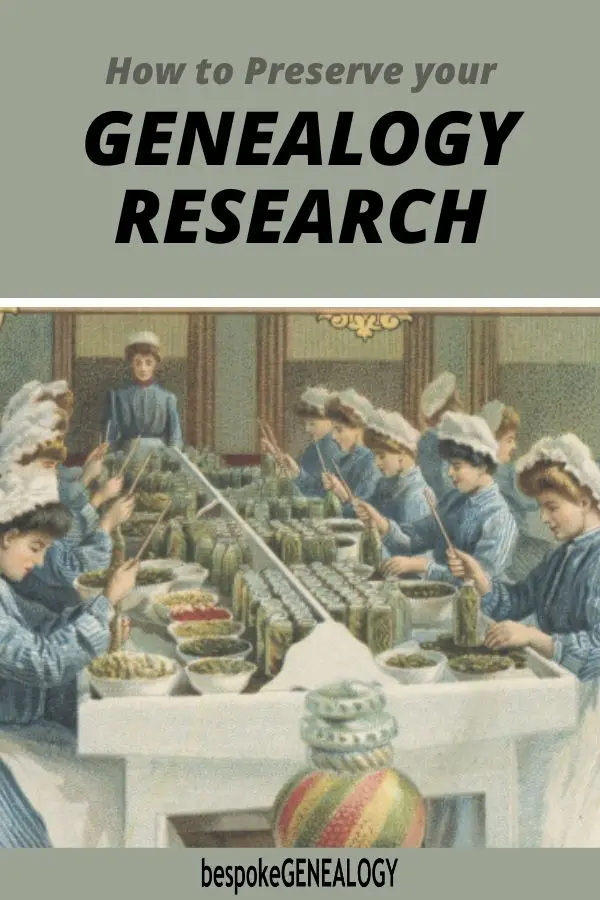
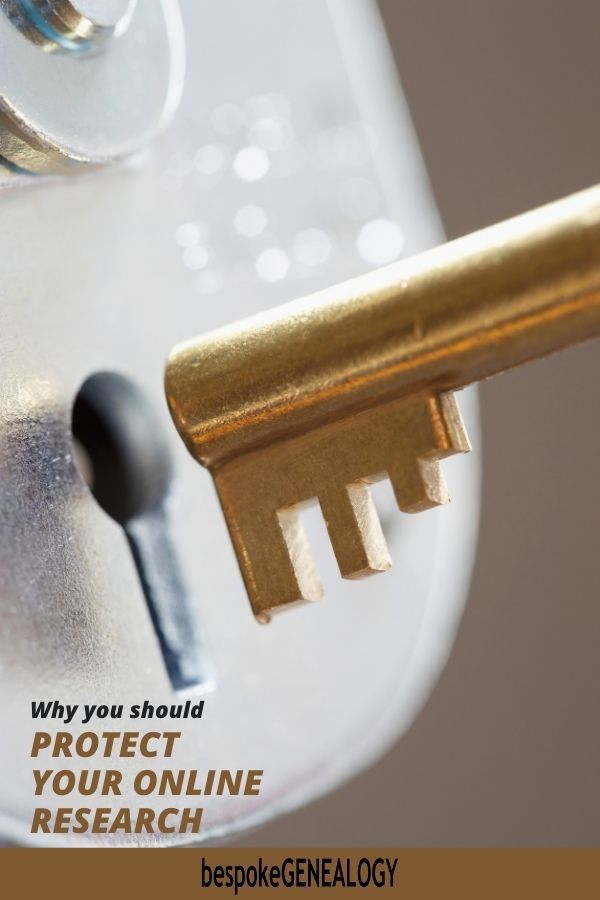
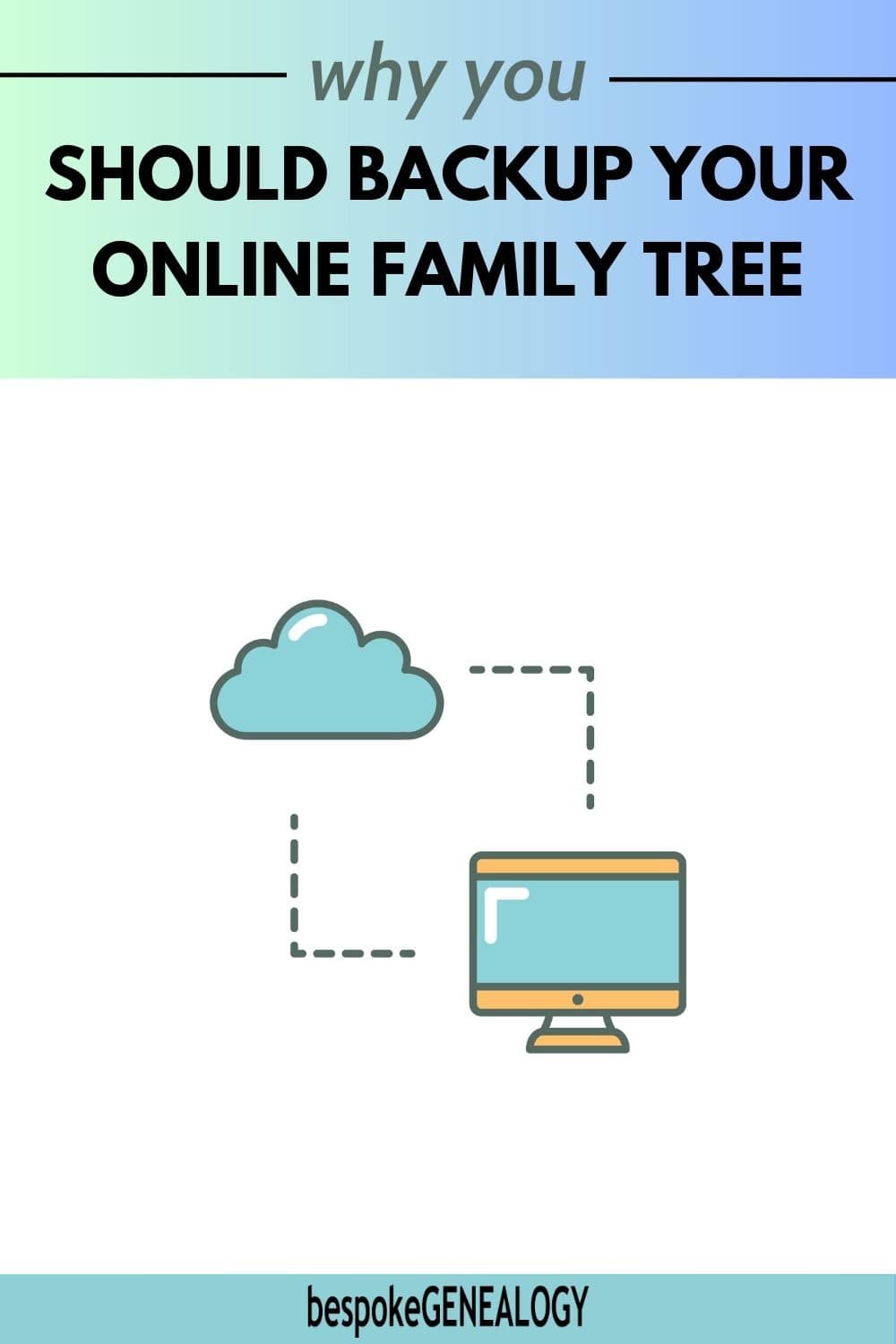


Greetings:
When I started my tree, I placed everything online—Ancestry and used Family Tree Maker(Discs) for many years. I’ve been adding
obituaries(acquired recently 85 family obits) and other stories online—keeping them in cloud and storage.
My question since I have all my information online-Ancestry…where do I start on my
local computer of having that “Master Database(MD)”?
Do I sync with Ancestry OnLine…then, start with that MD with desktop?
Do I create a GEDCOM and import that Database into a fresh Family File on the desktop?
Do I start from the beginning and add/download documents from Ancestry (without syncing) and from my
cloud documents?
Thanks for any assistance,
Hugh.
Thanks
Thanks for the comment Hugh.
If you have a recent edition of Family Tree Maker and a current Ancestry subscription, you can sync your trees. You can then download the Ancestry tree with all the documents, pictures, notes etc attached in the right places.
Then, going forward, I would recommend using the FTM tree on your laptop as your master tree. You can either add things manually as you find them or carry on syncing.
Cheers
Alistair
Thanks for the info!
You’re welcome Sharon.
Really useful info – thanks
You’re very welcome